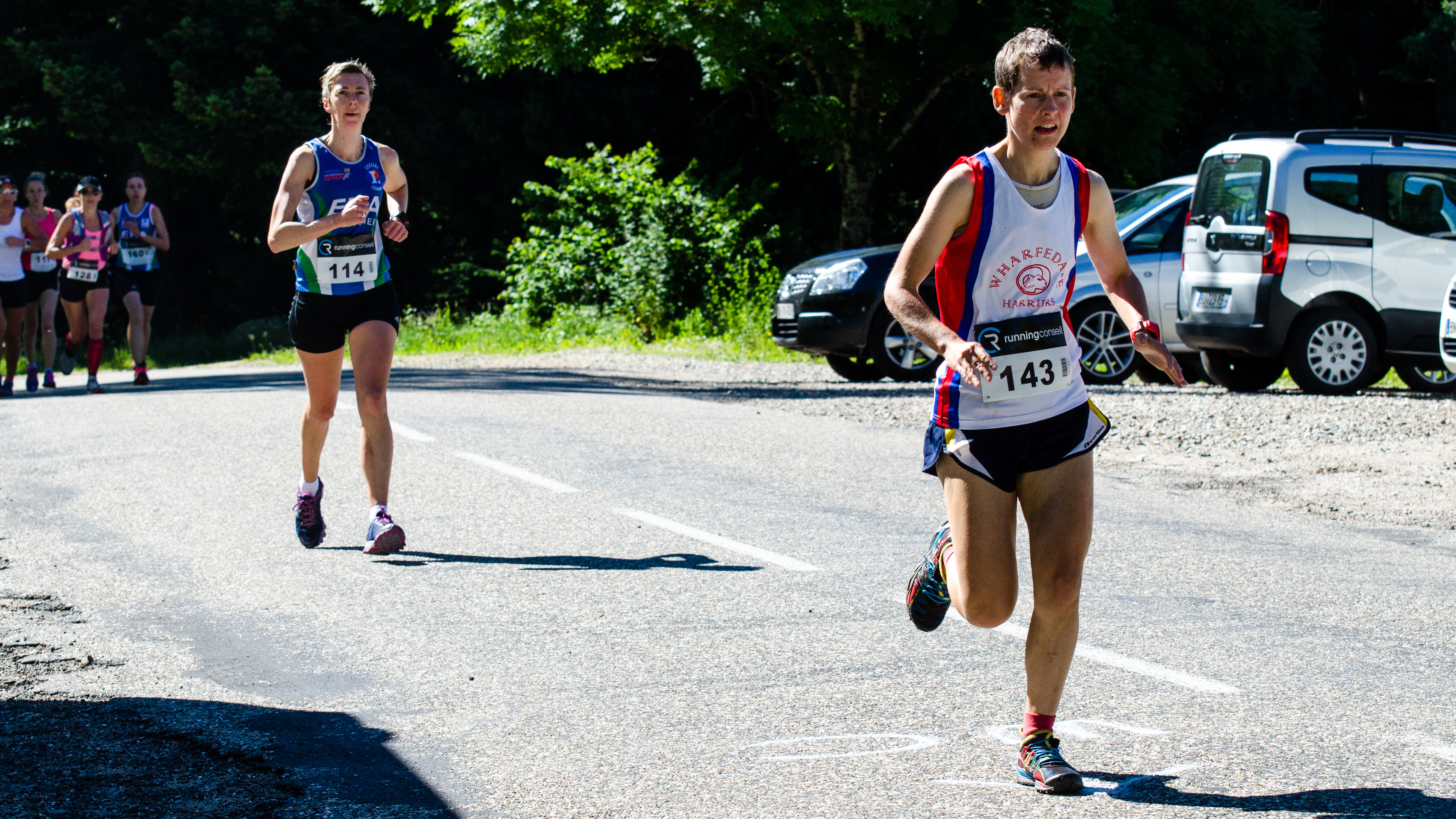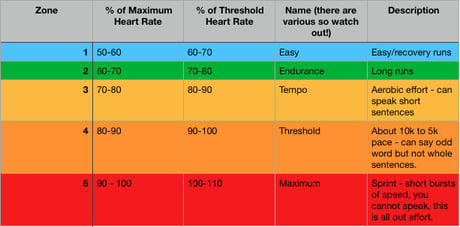Why run trail races with a heartrate monitor?

I was first converted to training and racing with a heartrate monitor after pacing some key races badly. I had trained hard for these races and wanted to do well, but it became clear to me that I was not good at pacing. Since starting to use a heartrate monitor I have consistently used this to help me both train and race with some success.
Trail running is by nature not evenly paced, some trail runs are very steep with technical parts which mean that you can’t maintain the same pace all the time. Because heart rate monitors measure the effort you are putting in rather than your more variable pace, they can be a reliable, objective way of measuring and monitoring effort and thus ensuring that you spread that effort evenly throughout the race.
For me the heart rate monitor stops me setting off too quickly; it helps me run my race at my pace and it helps me finish strong.
However, getting used to a heartrate monitor is not easy; it’s no good sticking one on for the first time in a race and expecting to be able to understand it or run sensibly with it. You’ll need to know a bit about how they work and have trained with one for a while to race your best using your heartrate as a guide to pacing.
How do I learn how to use my heartrate monitor?
The best way to learn how to use a heartrate monitor is to use one. You could check out John’s article, which gives a good overview of what the numbers mean. Most monitors that I have seen are mechanically straight forward to use and come with some easy to follow instructions to get you started.

Once you’ve used one for a while you can start to think about your own individual training zones; this will help you train smarter, and more importantly help you to know what heart rate you can aim for in a particular race. You can calculate training zones as a percentage of your threshold heart rate (the maximum heart rate you can sustain for about 40 minutes) or as a percentage of your maximum heart rate (your highest reading).
The table below gives an example of both. You will need to do your own testing on your own heartrate to find your own zones. Training apps like training peaks will do this for you.
Why heart rate and not pace?
There’s nothing wrong with thinking about pace when running a trail race, but if you don’t know the course very well, it’s very difficult to predict how fast you will be able to go. You won’t know which bits are runnable and which bits aren’t. That said, I do use pace to a certain extent to predict and sometimes change my heart rate goals. The last 20km mountain race I did I realised when I was an hour in that it was going to take me longer than my predicted two hours to complete the course; I therefore slowed down a little to bring my heart rate to about 160 because I knew I couldn’t maintain over 165 for over two hours. This tactic paid off because it meant that I had enough energy to attack the final (tricky) descent, only losing places to those women running the 10km event on the same course.
How accurate is the heart rate read out?
There are two main types of heart rate monitor on the market: those with a heartrate sensor attached to a strap that you wrap around your chest and those that pick up the pulse from your wrist directly into the watch itself.
General consensus is that the strap and sensor gives a more accurate readout than the wrist sensor. However, if you use the same monitor consistently your readings are likely to be right for you, so long as you can translate the numbers into something meaningful for you that’s what matters.
That said, there are certain things to watch out for:
1) Pre-race nerves may elevate your heart rate and cause the readings to be slightly higher for the initial stages of a race until you settle down. If you have done practice races using your monitor you will be able to account for this. I tend to err on the side of caution and stick with the plan, afterall, my heart is still working, whether it’s because of nerves of because of the running!
2) Heartrate drift: towards the end of a given effort, there is invariably some heart rate drift – this is when the previously relatively stable heart rate starts to go up. the fitter you are in a particular zone the less drift there will be. The reason for the drift is because it becomes harder to sustain the given effort over time. Again if you train regularly with your heart rate you will be aware of this and know when to expect it.

You then have two choices: you can reduce the effort to keep the heart rate in the desired zone, or you can push through. For relatively short races it can be fine to push through (conservatively) so long as you know you aren’t going to completely run out of energy. For longer races it may be wiser to keep the heart rate in the desired zone unless you are very near the end.
Should I aim for the same heart rate throughout a race?
Most trail races will have a mixture of climbing and descending. The more you plan your race, the more you might want to vary your heart rate goals depending on the terrain. For example on steep ascents that you have to walk you will be working less hard (so your heart rate will be less) than on more runnable sections of the course. Equally on long down hill sections you’re heart rate is going to be less than on the flatter sections. (unless you’re really scared/excited!).
I generally have a think and chat with my coach before a race to think about what I should be aiming for. So for a fairly runnable trail race of about 90 minutes it might be something like:
- 165 to 175 up hill (assuming I’m running)
- 160 to 170 for flat sections
- Whatever I can manage descending but focussing on keeping things smooth and flowing.
Additional questions:
How do I work out my heart rate training zones? There are numerous ways of working out your heart rate training zones some of which John has discussed in a previous article. My preferred method is to do a threshold test and work out my zones from there; this can be done regularly so they can be modified as I get fitter; this stops me getting stale and keeps me moving forward.
Which are the best heartrate monitors to use? There are many heart rate monitors on the market now and all of them will have their pros and cons; a full review is beyond the scope of this article, but there are many out there that you can read. I have tried Garmin, Suunto and Polar versions and find them all to work well. As I have previously stated, the heart rate sensor with strap is generally seen to be the most accurate, but it really is an individual choice and some people simply can’t get on with something strapped round their chest when they run. My usual strategy is make a list of what I want my new piece of equipment to do, what I will likely use it for and buy the best that I can afford that covers most if not all of these options.
January 8, 2019

Comments